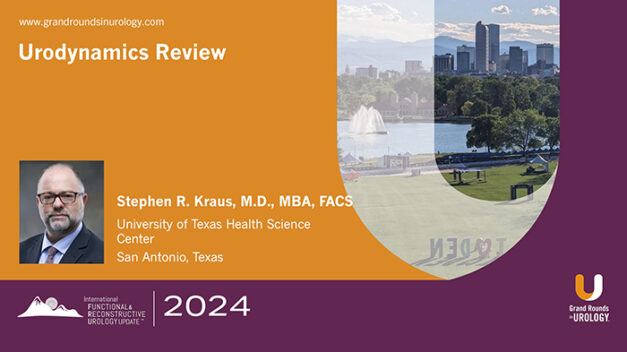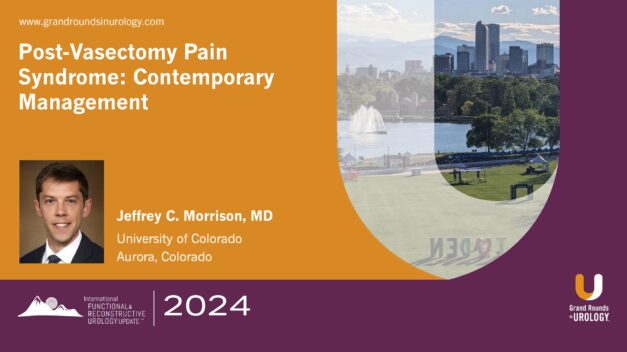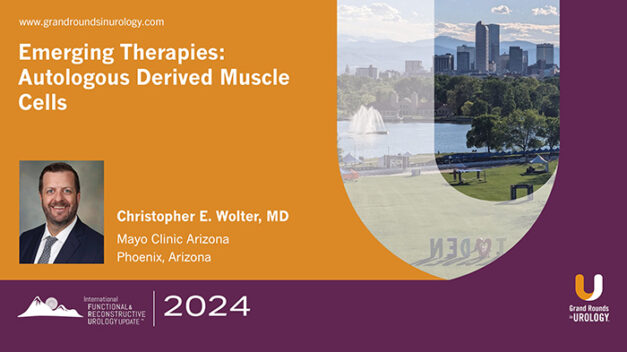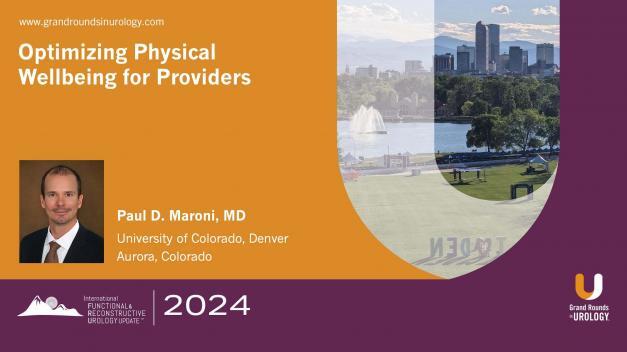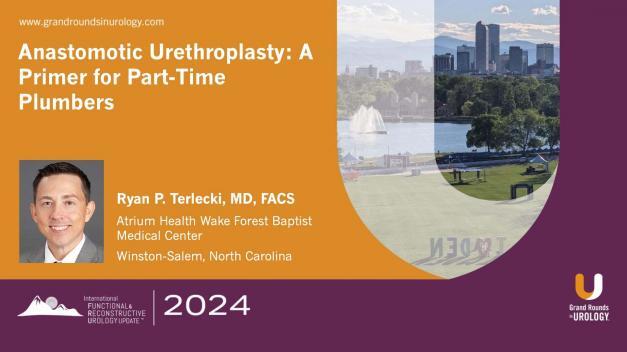Urodynamics Review
Stephen R. Kraus, MD, MBA, FACS, provides a comprehensive review of urodynamics, discussing key concepts and practical applications in evaluating lower urinary tract function. This 14-minute presentation emphasizes the importance of understanding both the storage and emptying phases of bladder function.
Dr. Kraus details how dysfunction can arise from a bladder issue, an outlet problem, or both. Specific examples are given and complex cases are also included. Kraus notes results from various tests, such as those for stress incontinence, overactive bladder, and neurogenic bladder, help guide the use of urodynamics in clinical practice. He highlights the need for careful interpretation of test results to ensure accurate diagnosis and treatment planning.
Read More
